Arizona’s desert landscape holds secrets that most visitors never discover. While millions flock to the Grand Canyon each year, the state’s hidden canyons offer something far more intimate and mysterious. These geological masterpieces carved by water and time create natural sanctuaries where ancient cultures once thrived and modern adventurers can still find solitude.
Most people think of Arizona’s deserts as flat, barren expanses, but that couldn’t be further from the truth. The desert floor is actually riddled with dramatic canyons that slice through red rock formations like nature’s own highway system.
Here is a list of 18 hidden canyons that showcase Arizona’s most spectacular and lesser-known desert formations.
Antelope Canyon
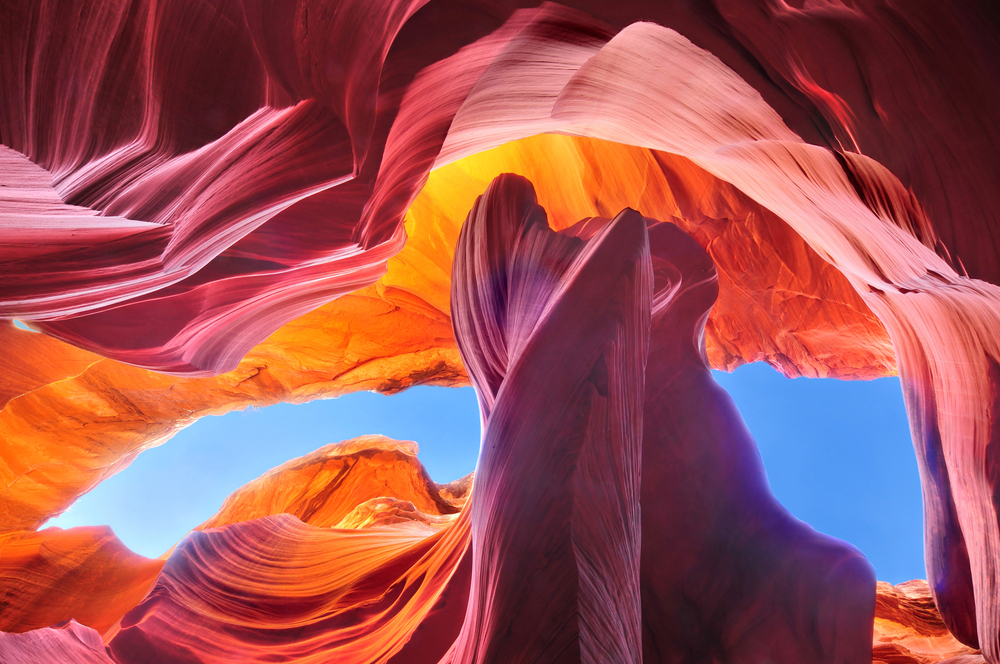
This slot canyon near Page remains one of Arizona’s most photogenic destinations, though calling it ‘hidden’ might be stretching it these days. The narrow passageway creates a cathedral-like atmosphere where sunbeams filter through the opening above, painting the sandstone walls in shades of orange and purple. The Navajo Nation manages access to both Upper and Lower Antelope Canyon, requiring guided tours that help preserve this delicate environment. Photography enthusiasts travel from around the world to capture the ethereal light shows that occur when the sun reaches the perfect angle.
Canyon de Chelly
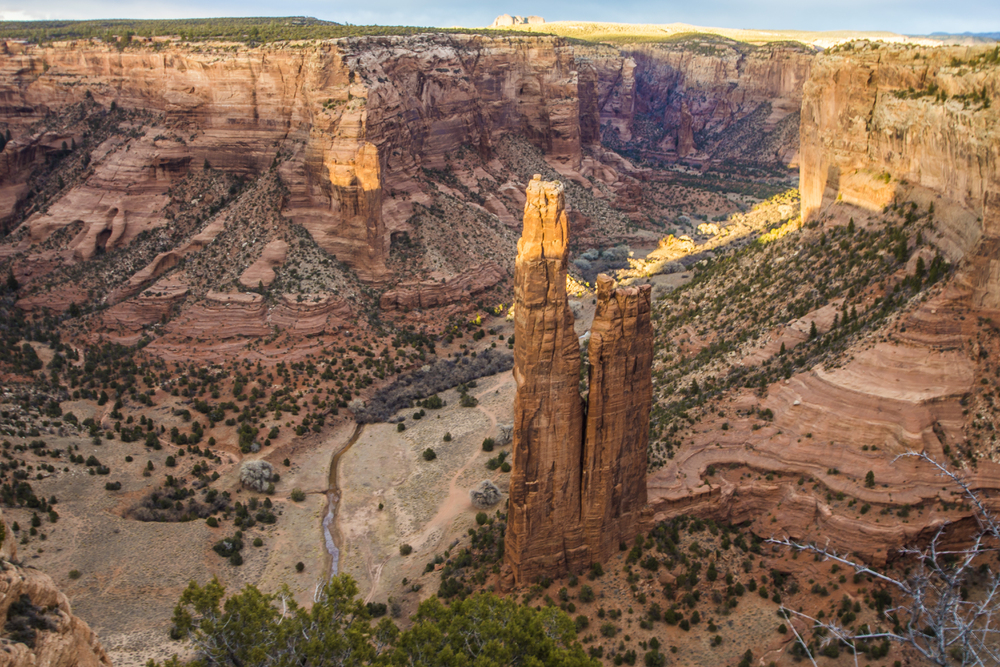
Located in the heart of Navajo territory, this canyon system has been continuously inhabited for over 5,000 years. The towering red cliffs rise 1,000 feet above the canyon floor, creating a dramatic backdrop for ancient Ancestral Puebloan ruins. White House Ruins, perched on a ledge halfway up the canyon wall, can be reached via the only self-guided trail available to visitors. The canyon’s name comes from the Navajo word ‘tsegi’, meaning ‘rock canyon’, though Spanish explorers mispronounced it as ‘de Chelly’.
Buccaneer Trail
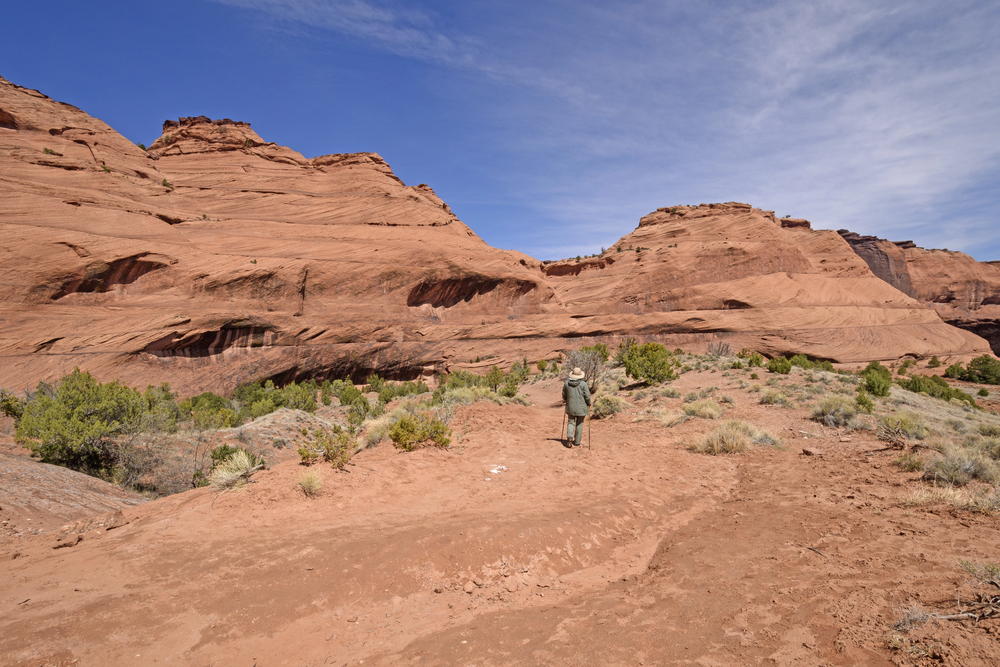
This remote canyon system in the Superstition Mountains offers a challenging adventure for experienced hikers. The trail winds through narrow passages where you’ll need to scramble over boulders and navigate tight squeezes between towering rock walls. Ancient petroglyphs mark the walls in several locations, suggesting this route was used by indigenous peoples for centuries. The canyon’s isolation means you’re unlikely to encounter other hikers, making it feel like your own private archaeological discovery.
Sycamore Canyon
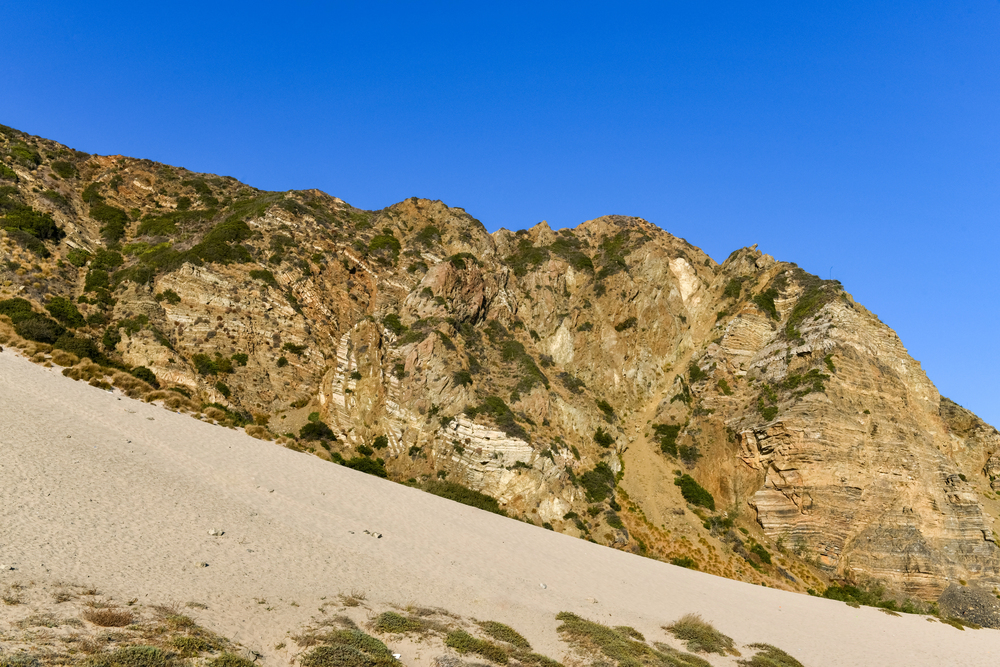
Stretching for 21 miles through the Coconino National Forest, this canyon creates Arizona’s second-largest wilderness area. The perennial stream that flows through its center supports a lush riparian ecosystem that feels completely out of place in the desert. Massive sycamore trees create shaded groves where you can cool off during hot summer days. The canyon’s remote location and lack of maintained trails keep visitor numbers low, preserving its wild character.
West Clear Creek Canyon
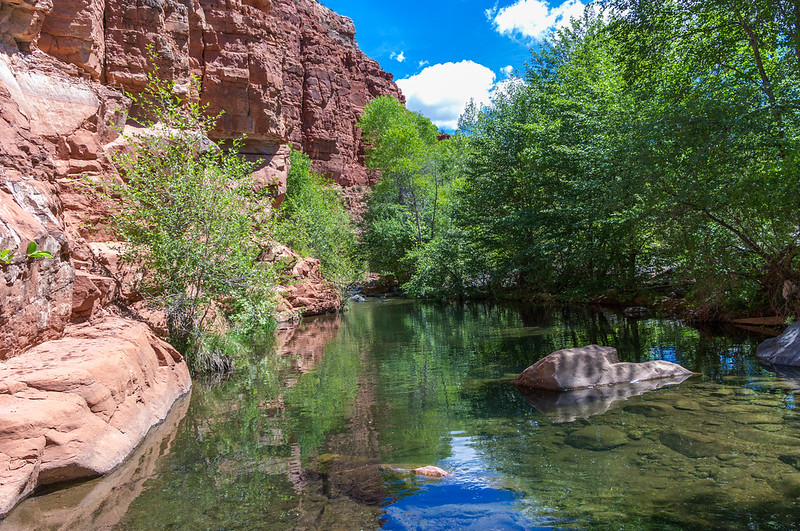
This narrow slot canyon carves through the Mogollon Rim, creating one of Arizona’s most technical canyon adventures. The route requires multiple stream crossings and some basic rock climbing skills to navigate the more challenging sections. Towering limestone walls rise hundreds of feet on both sides, creating a cool microclimate even during summer months. The crystal-clear creek that gives the canyon its name flows year-round, supporting diverse wildlife including river otters and native fish species.
Wet Beaver Creek Canyon
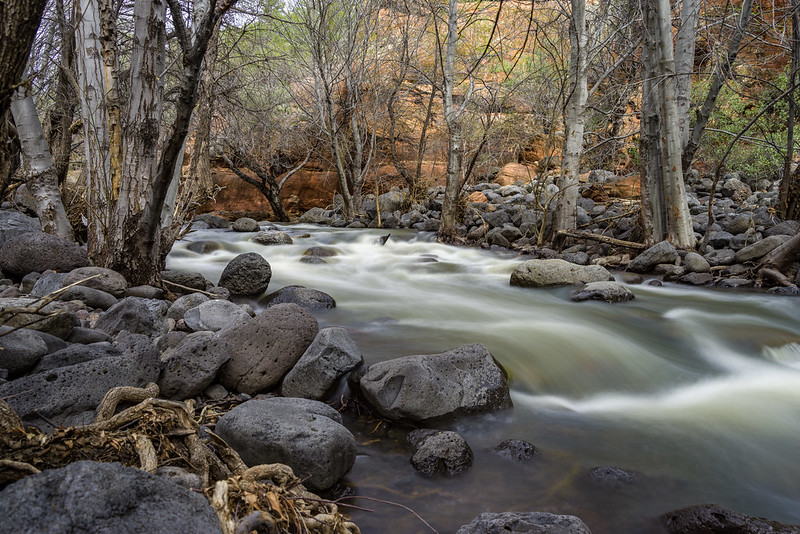
Despite its unfortunate name, this canyon system offers some of the most beautiful swimming opportunities in central Arizona. The creek flows through a series of natural pools carved into red sandstone, creating perfect swimming areas surrounded by towering canyon walls. Bell Rock and other famous Sedona formations provide a stunning backdrop visible from certain viewpoints along the creek. The area’s proximity to Sedona means it can get crowded on weekends, but weekday visits often provide peaceful solitude.
Oak Creek Canyon
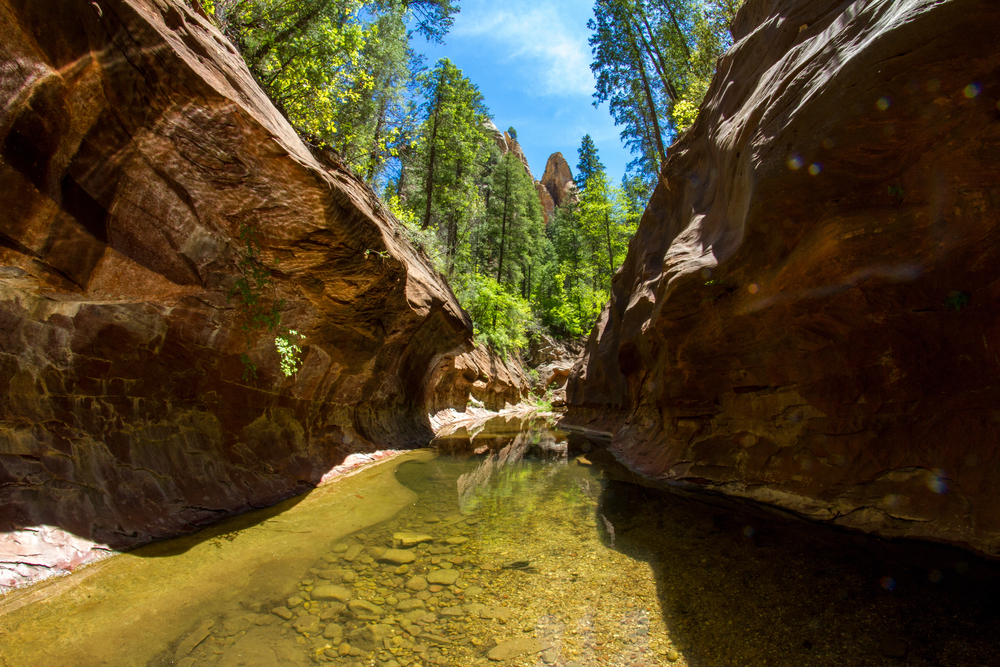
This 16-mile-long canyon connects Sedona to Flagstaff along one of Arizona’s most scenic drives. The creek that carved this canyon still flows year-round, supporting a diverse ecosystem that includes everything from desert plants at the bottom to pine forests near the rim. Slide Rock State Park, located within the canyon, features natural water slides carved into the creek bed by centuries of flowing water. The canyon’s accessibility makes it popular with families, though numerous side canyons offer more secluded exploration opportunities.
Paria Canyon
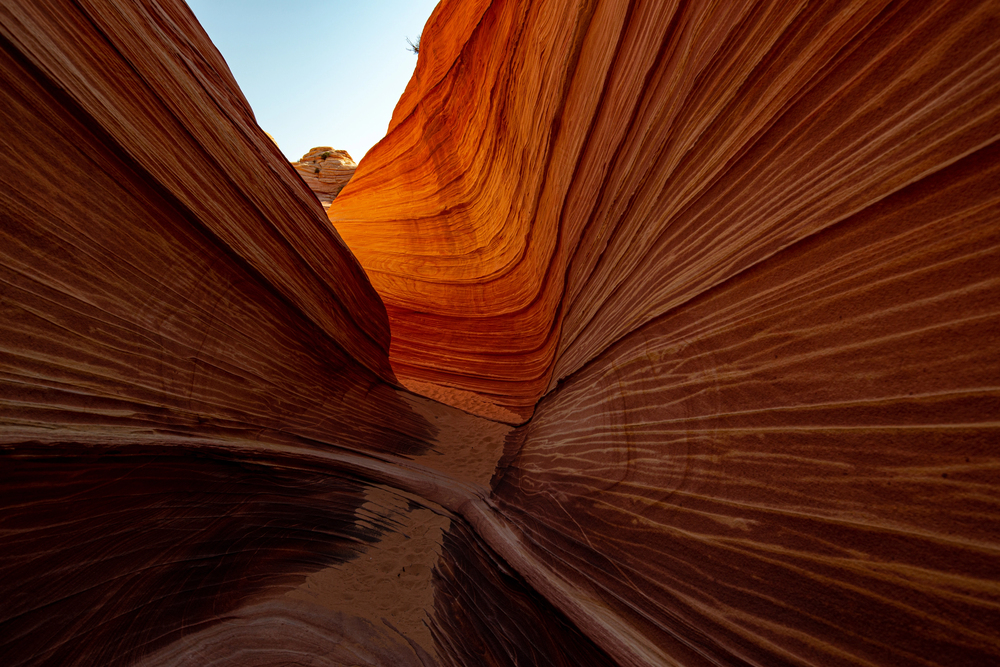
Straddling the Arizona-Utah border, this slot canyon system offers a multi-day backpacking adventure through some of the Southwest’s most stunning scenery. The narrow passages wind for 38 miles through the Paria River drainage, with walls that tower 1,000 feet overhead in some sections. Flash flood danger makes this canyon unsuitable for casual day hiking, but properly prepared adventurers will find unforgettable experiences.
Havasu Canyon
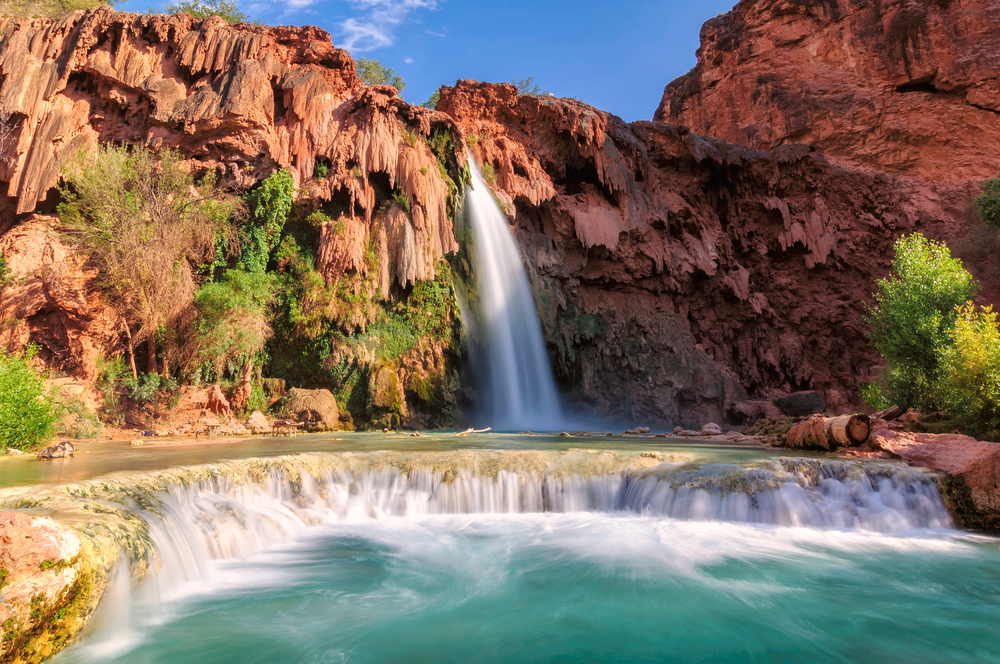
Home to the Havasupai Tribe, this canyon contains some of the most spectacular waterfalls in North America. The turquoise waters of Havasu Creek create a shocking contrast against the red canyon walls, fed by underground springs that maintain a constant temperature year-round. Reaching the canyon requires an 8-mile hike from the nearest road, followed by camping reservations that are booked up months in advance. The effort required to reach Havasu Falls makes the experience feel like discovering a hidden paradise.
Coal Mine Canyon
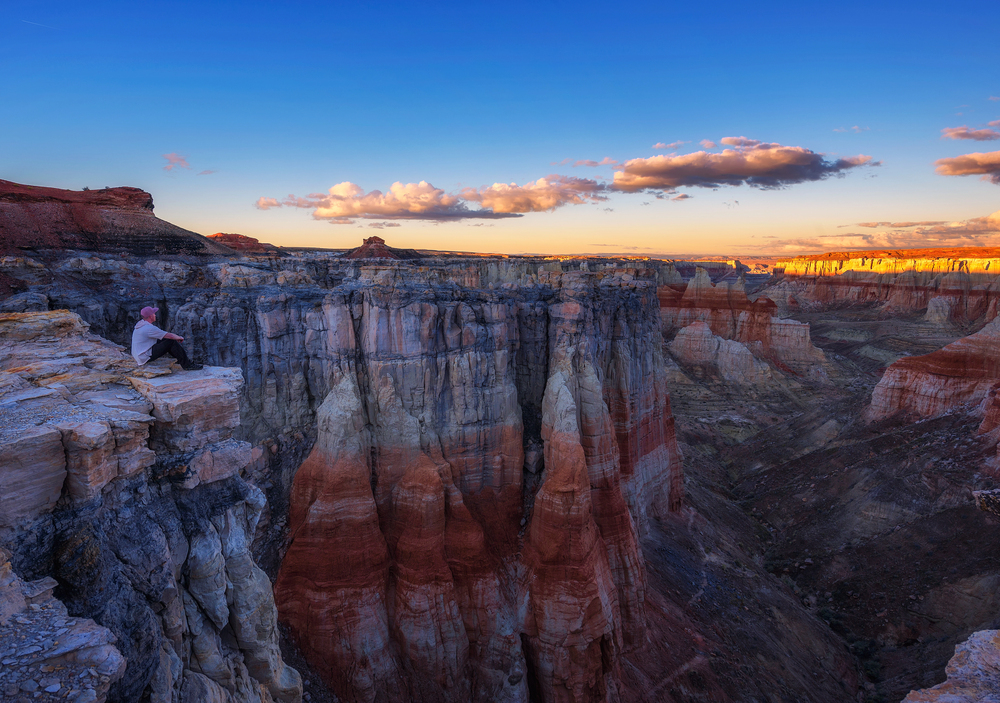
This lesser-known canyon near Tuba City showcases some of Arizona’s most colorful geological formations. The layered rock walls display a rainbow of colors including purple, yellow, orange, and red, created by different mineral deposits over millions of years. The canyon’s remote location means you’ll likely have the entire area to yourself, making it perfect for photography and quiet contemplation. The short hike to the canyon rim provides spectacular views without requiring technical climbing skills.
Secret Canyon
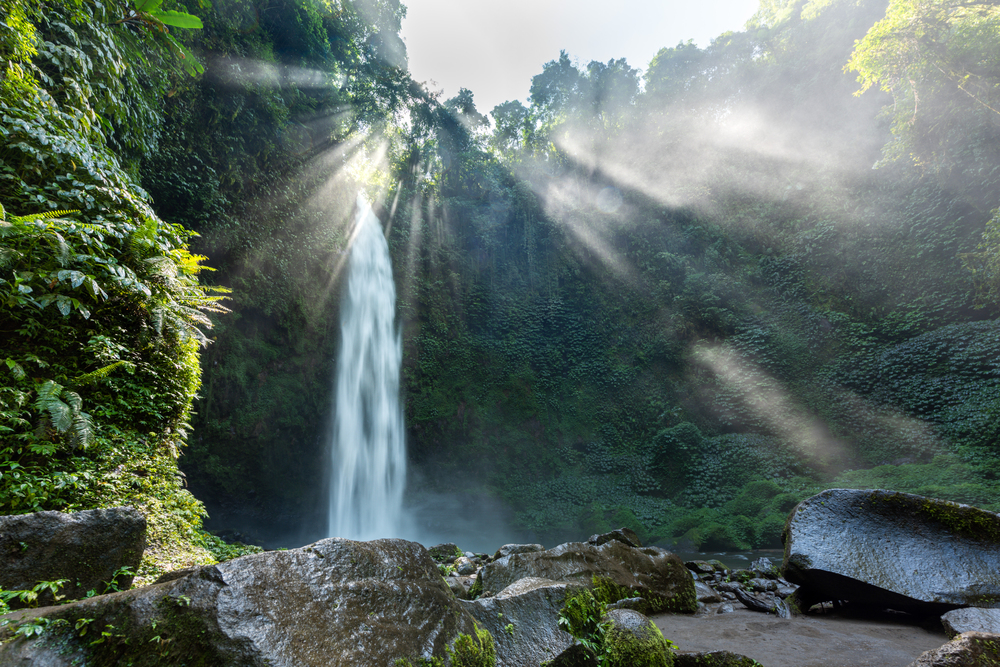
Located near Sedona, this narrow slot canyon offers an intimate experience with red rock formations. The passage is narrow enough that you can touch both walls simultaneously in several places, creating a sense of being embraced by the earth itself. Smooth, sculpted walls show the power of water erosion over thousands of years, with curves and patterns that seem almost too perfect to be natural. The canyon’s name comes from its hidden entrance, which can be easy to miss even when you know where to look.
Chevelon Canyon
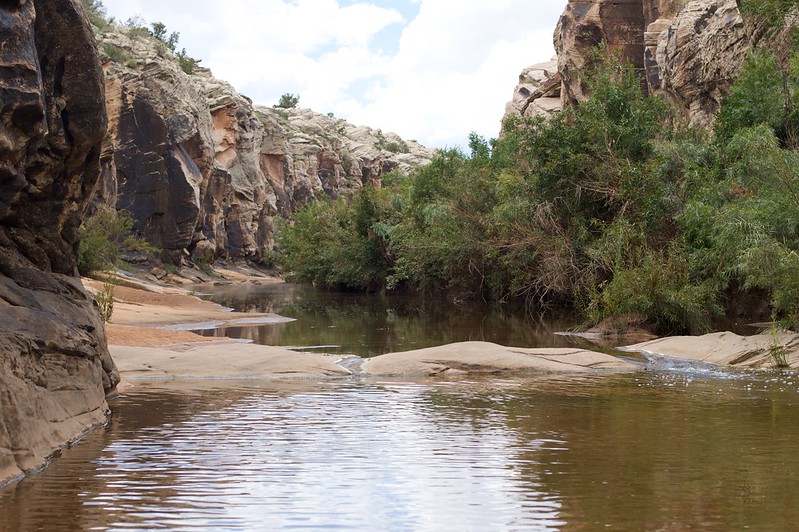
This remote canyon system in the Apache-Sitgreaves National Forest remains one of Arizona’s best-kept secrets. The creek that carved this canyon flows intermittently, creating a series of pools and waterfalls during wet seasons. Ponderosa pines grow along the canyon rim, creating a cool forest environment that contrasts sharply with the desert landscape just miles away. The canyon’s isolation and lack of marked trails means navigation skills are essential, but the solitude is worth the extra effort.
Fossil Creek Canyon
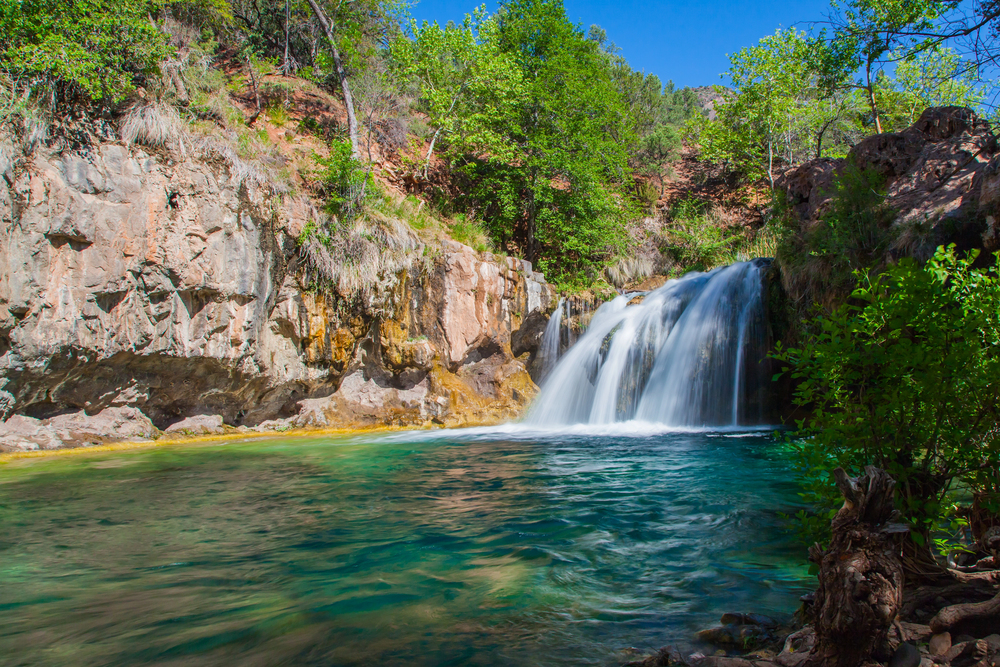
This spring-fed creek creates a tropical oasis in the middle of Arizona’s high desert. The constant flow of 72-degree water supports lush vegetation including cottonwoods, willows, and even some tropical plants that have somehow established themselves in this desert environment. The creek’s high mineral content creates travertine formations similar to those found in Yellowstone’s hot springs. Access requires advance reservations and a somewhat challenging hike, but the swimming opportunities and unique ecosystem make it worthwhile.
Bell Rock Canyon
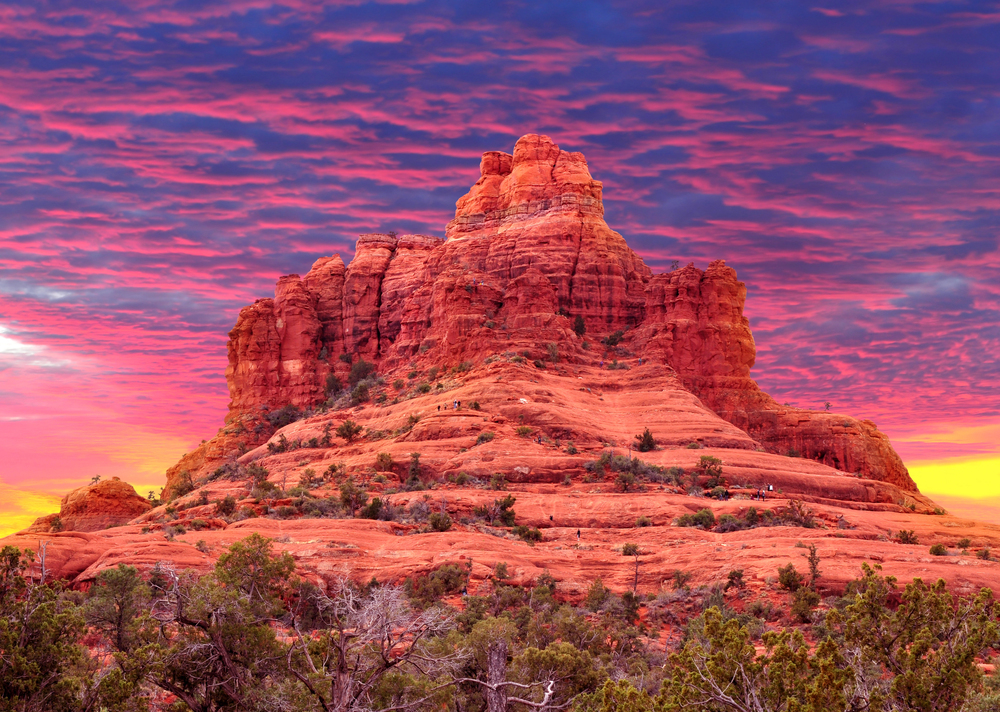
This short but dramatic canyon cuts through one of Sedona’s most recognizable landmarks. The narrow passage winds between towering red rock walls, leading to hidden alcoves and small arches that most visitors to Bell Rock never discover. The canyon’s proximity to popular hiking trails means you can combine it with other Sedona attractions for a full day of exploration. Ancient juniper trees growing from seemingly impossible cracks in the rock walls add to the canyon’s mystical atmosphere.
Labyrinth Canyon
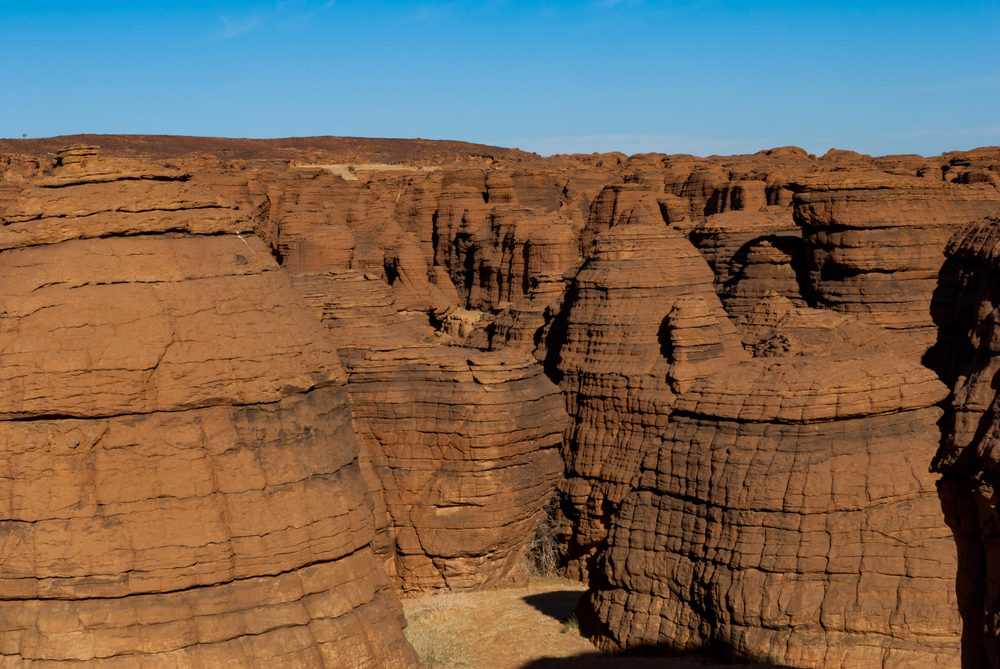
Part of the Glen Canyon National Recreation Area, this winding canyon system creates a maze of narrow passages and hidden chambers. The sandstone walls show clear evidence of the ancient sea that once covered this region, with wave-like patterns and marine fossils embedded in the rock. Kayakers and rafters use this canyon as a staging area for longer trips down the Colorado River, but hikers can explore several miles of side canyons on foot. The canyon’s name perfectly describes the experience of navigating its twisting passages.
Tonto Natural Bridge Canyon
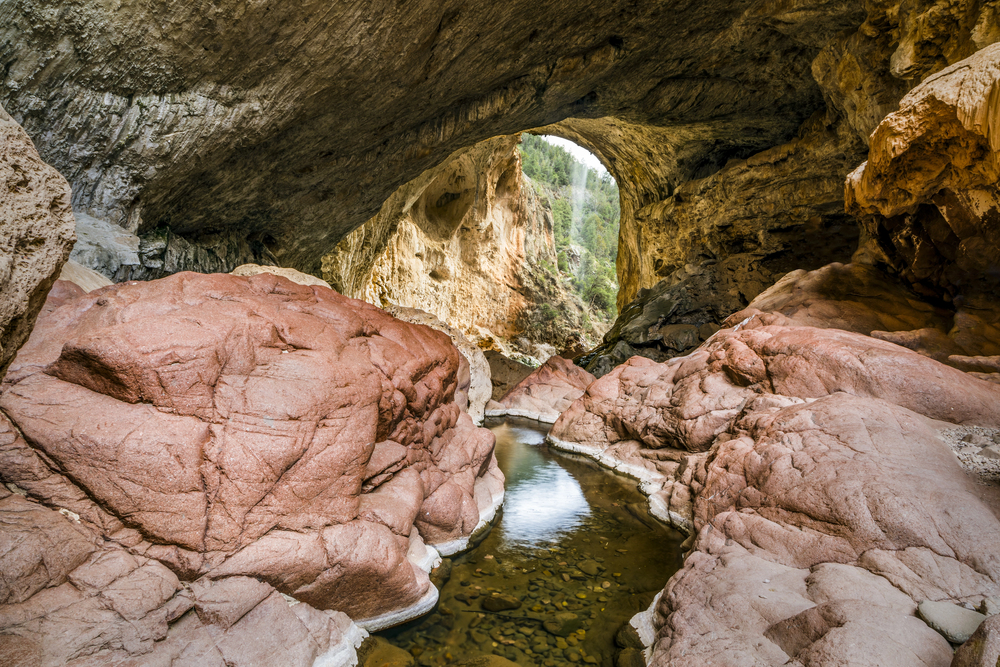
This canyon contains the world’s largest natural travertine bridge, spanning 183 feet across a narrow gorge. The bridge was formed by mineral-rich water flowing over the canyon for thousands of years, gradually building up the limestone formation. A perennial stream flows beneath the bridge, creating a cool grotto that provides relief from Arizona’s intense summer heat. The canyon’s unique geology makes it a popular destination for both geologists and casual visitors interested in unusual rock formations.
Keyhole Canyon
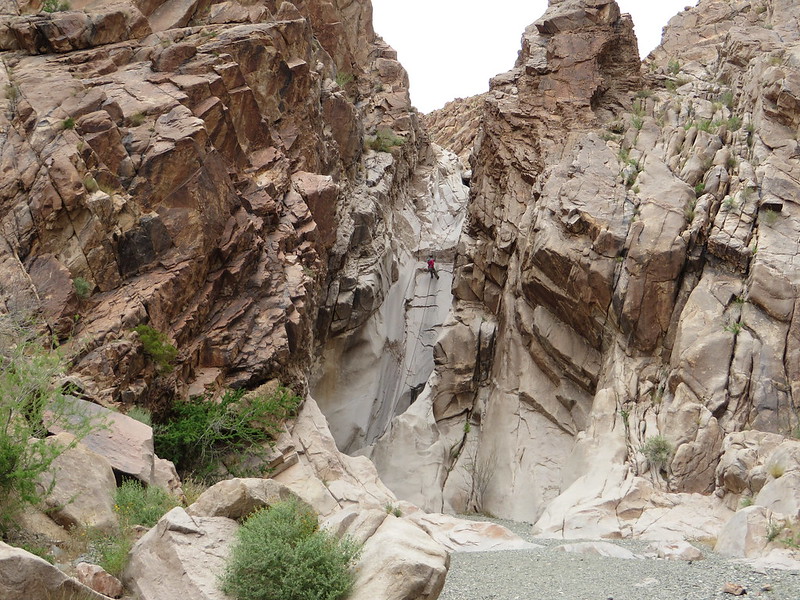
This technical slot canyon near Page requires rappelling skills and proper equipment to navigate safely. The narrow passages and deep pools create challenges that appeal to experienced canyoneers seeking adventure. The canyon’s name comes from a distinctive keyhole-shaped opening in the rock wall that frames the sky above. Flash flood potential makes this canyon dangerous during certain weather conditions, but skilled adventurers will find it offers some of the most technical canyon experiences in Arizona.
Watson Lake Canyon
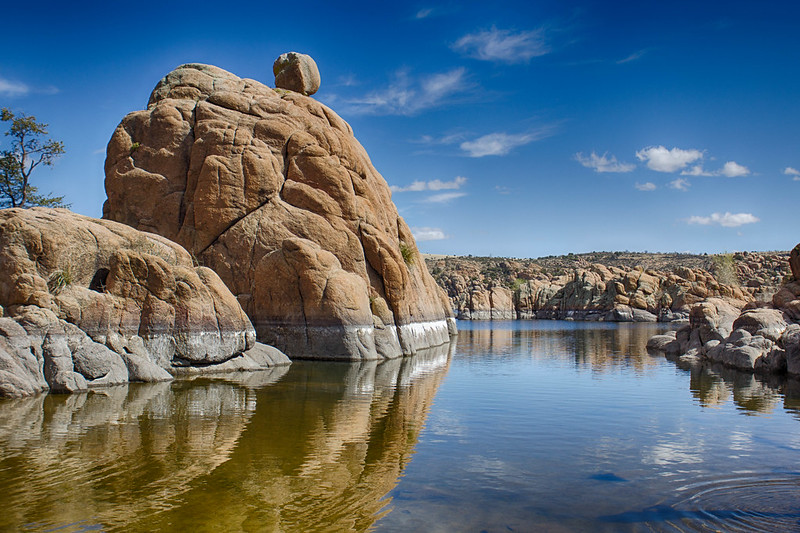
Located near Prescott, this canyon system winds through some of Arizona’s most unusual rock formations. The granite boulders and dells create a landscape that looks more like Joshua Tree National Park than the typical Arizona desert. Watson Lake itself provides opportunities for kayaking and fishing, while the surrounding canyons offer hiking and rock climbing adventures. The area’s elevation at 5,000 feet creates a more temperate climate than lower desert regions, making it accessible year-round.
Timeless Waters Still Carving Tomorrow
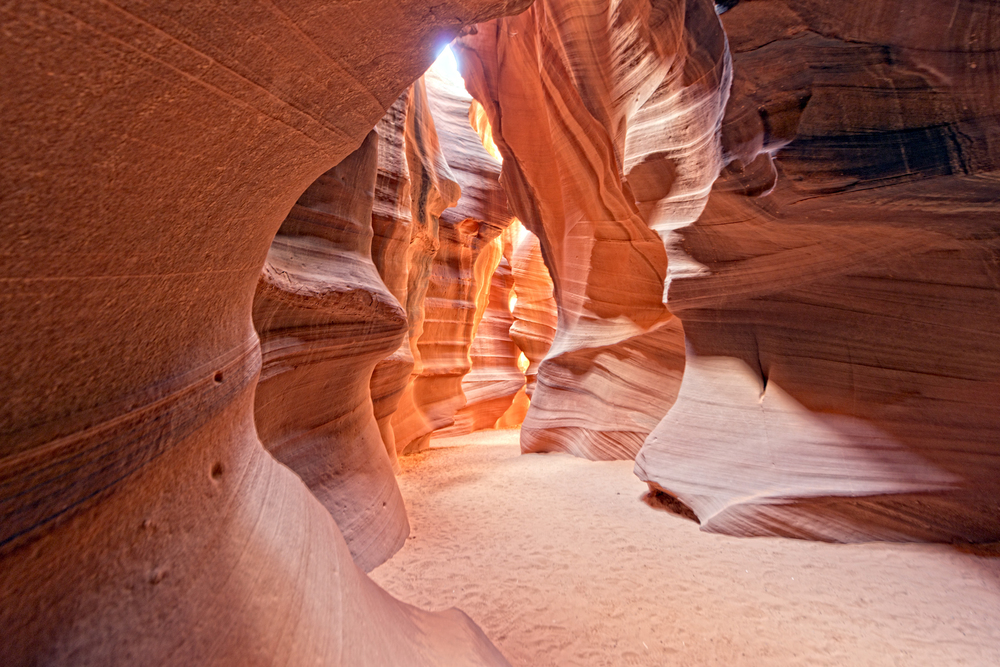
These hidden canyons represent millions of years of geological history, yet they’re still being carved and shaped by the forces that created them. Every flash flood, every seasonal stream flow, and every freeze-thaw cycle continues the slow work of sculpting these natural masterpieces. The petroglyphs and ruins found in many of these canyons remind us that humans have been drawn to these special places for thousands of years, seeking the same sense of wonder and refuge that modern visitors experience today. Arizona’s hidden canyons offer something increasingly rare in our connected world — the chance to discover places that feel completely untouched by time.
More from Travel Pug

- 20 Best Beach Towns in the Carolinas
- 13 Destinations Where Tourists Regularly Regret Their Trip
- 20 Things You Actually Get in First Class
- 20 Small Airports With Aviation Museums
- 20 Places in the U.S. That Are Perfect for a Reset Trip
Like Travel Pug’s content? Follow us on MSN.
